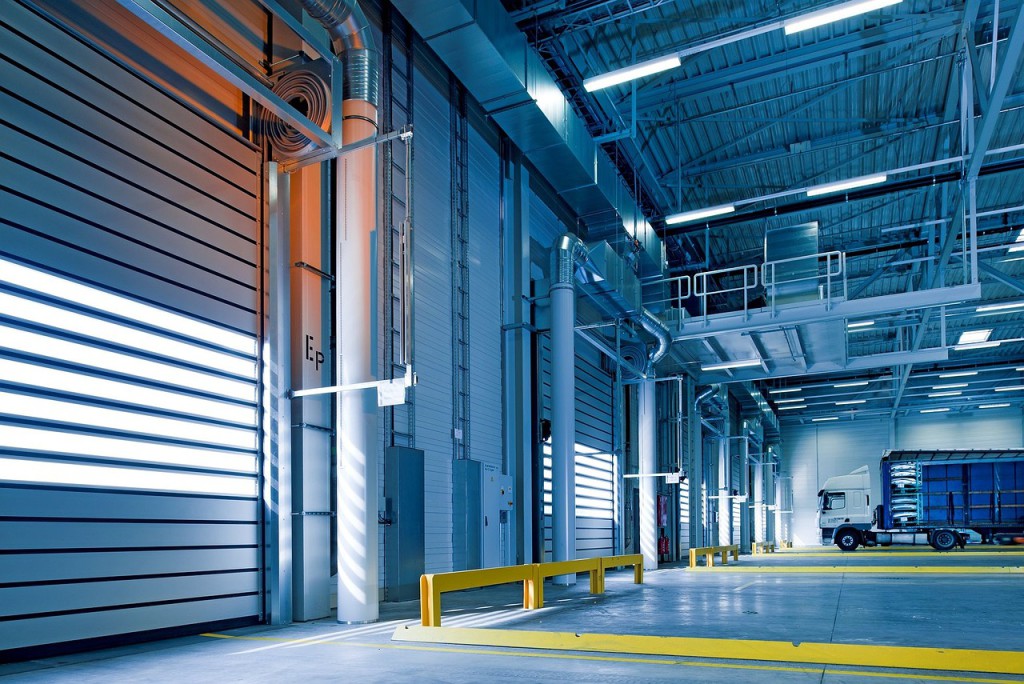Back to basics

Tony Anderson, Technical Manager at the Commissioning Specialists Association, discusses some basic requirements of the commissioning process.
There is no doubt that the building service industry has made great strides in the last few years in terms of achieving and maintaining improved space conditions in buildings and promoting better air quality.
This progress has been achieved through more sophisticated equipment and better controls and software. The result is that today’s commissioning engineers need to have at least a working knowledge of some complex systems.
However, it is worth reminding ourselves that the basis of all these systems is still a fan moving air through ductwork or a pump circulating water around pipework. For example, unless a ventilation system has the correct amount of air moving at the most effective speed throughout all the distribution ductwork, achieving the required specified conditions will be difficult, irrespective of the sophistication of the controls. To that end, the CSA thinks that it is time to remind everyone of some of the basic requirements of the commissioning process.
First and foremost is understanding the fan laws. There are three of them and, although usually referred to as the fan laws, they also apply to pumps:
Number 1: Flow rate is directly proportional to rotation speed. If the fan or pump speed is increased by 10%, the amount of air or fluid moved through the
system will also increase by 10%.
Number 2: System pressure is proportional to the square of the rotation speed. That 10% increase in rotation speed will result in a (1.1 x 1.1) = 1.21 (that is 21%) increase in the pressure at the fan/pump discharge.
Number 3: Power absorbed is proportional to the cube of the rotation speed. The 10% increase in speed results in an increase in electrical current drawn of (1.1 x 1.1 x 1.1) = 1.33, or 33%.
The other basic premise of air and water systems that requires a reminder is that the current drawn by a fan or pump motor is related to the amount of air/water passed. More flow means more amperage and less flow means less amperage. It is still common to encounter building services engineers that are sure that if you close a fan discharge damper or pump discharge valve while it is running, the current drawn will rise. No, it will not. It will drop.
Having gotten those basic tenets in place, there are five further elements that the commissioning engineer (and designer/installer) need to focus on:
Calibrated instruments
Whether it is a micromanometer and pitot tube being used on a ventilation system, or an electronic manometer being used on a heating/ cooling system, the instrument must have a valid and in-date calibration certificate. Commissioning engineers also need to be honest with themselves. Did you accidentally drop that instrument? If you did, you know it must be checked against another calibrated instrument and recalibrated if necessary.

Test point locations
This leads to an associated element of functional testing and regulating systems that needs underlining. A pitot tube traverse location or the location of an orifice plate must be as detailed in the relevant CIBSE commissioning code or BSRIA Guide. These provide detailed guidance on siting measurement points with sufficient straight, uninterrupted ductwork or pipework up and downstream to ensure accurate readings. Any location that does not comply with the recommendations in those documents will, by definition,
cast doubt on readings. Providing suitable locations is as much a task for the designer and installer as for the commissioning engineer.
Initial readings
The commissioning engineer MUST record the initial total system flows and fan/pump pressures, ensuring in excess of 100% of the design flow rate. For traditional systems (not VAV/PICV systems), the commissioning engineer MUST record the initial indicated rates of flow at all terminals. Index terminals should also be indicated on the test sheets. Any issues identified at this stage must be investigated prior to proceeding with system regulation. Records of the initial readings are invaluable in indicating the extent of the balancing required on the system. They may also be useful in the investigation of any problems, such as excessive noise or system resistance, experienced with the system once it is balanced.
Correction factors
Ventilation system correction factors should be established, wherever possible, for each type of terminal and flow capture hood in use. Where this is not possible, the commissioning engineer must agree a suitable compromise with the design team and/or witnessing agent.
System reports
The nature and complexity of some systems requires a narrative to describe the system, the operating parameters, commissioning/proving process, and the reasoning behind this. An example would be explaining how the system diversity was set up, or filters/strainer dirty condition was simulated. This report should also include a pressure profile of the fan/AHU and pump system pressures including closed head readings. This makes it clear and easier for the consultant or witnessing authority to understand or the process to be repeated at a future stage.
If commissioning engineers can re-absorb any of these basics back into their daily work ethics, the individuals and the projects they are involved with will benefit greatly







